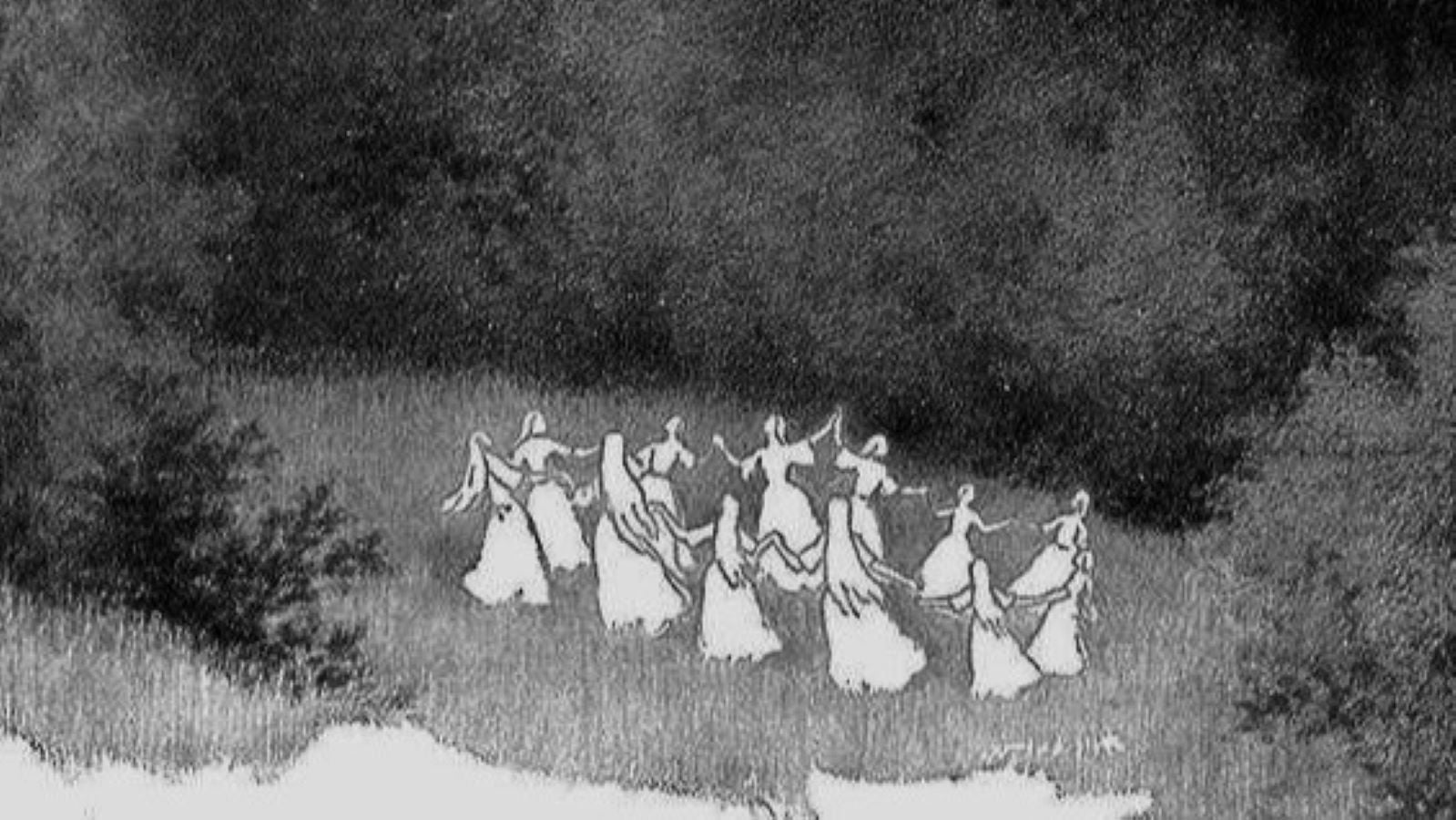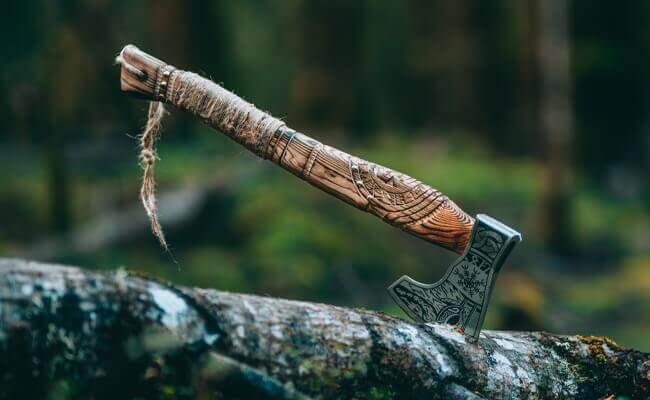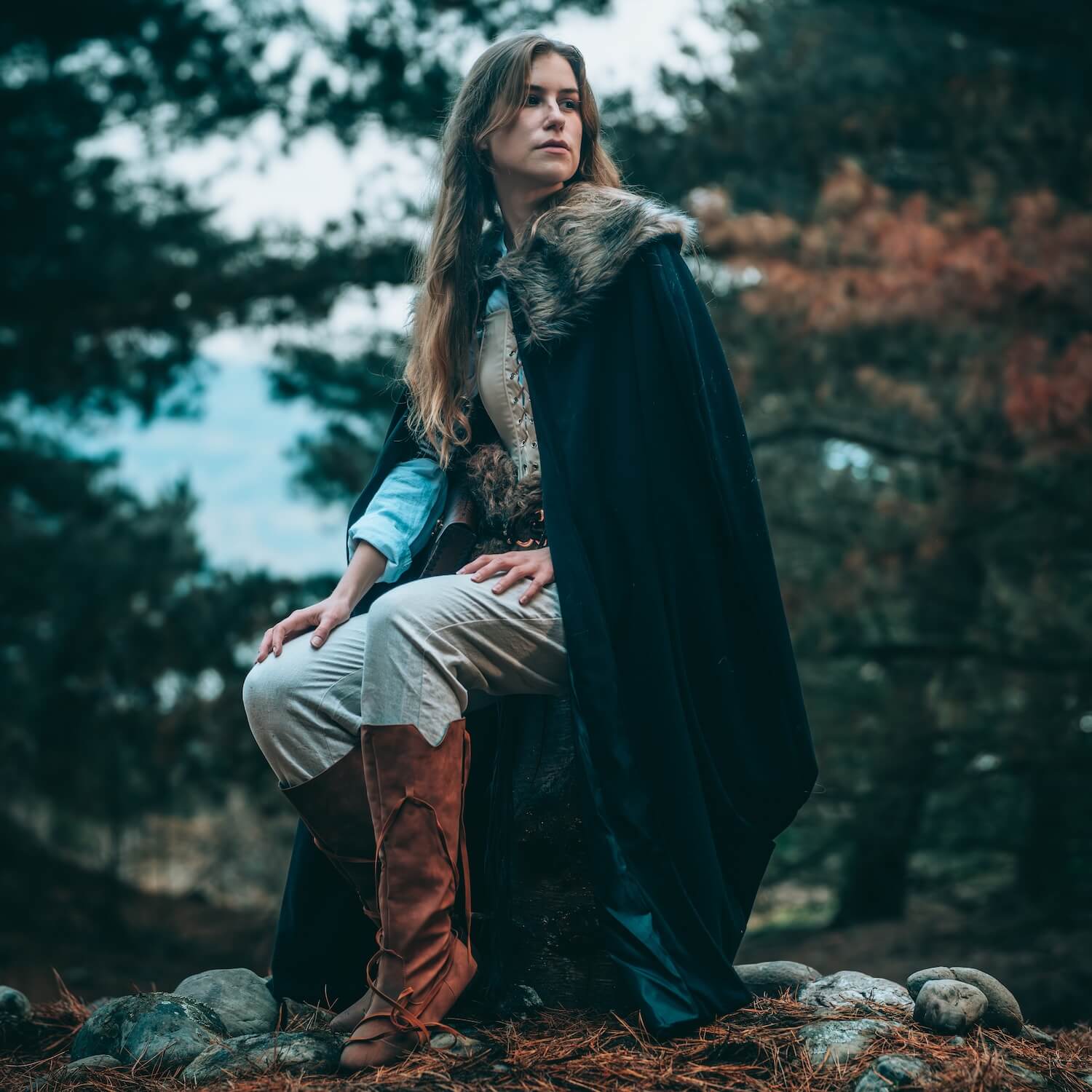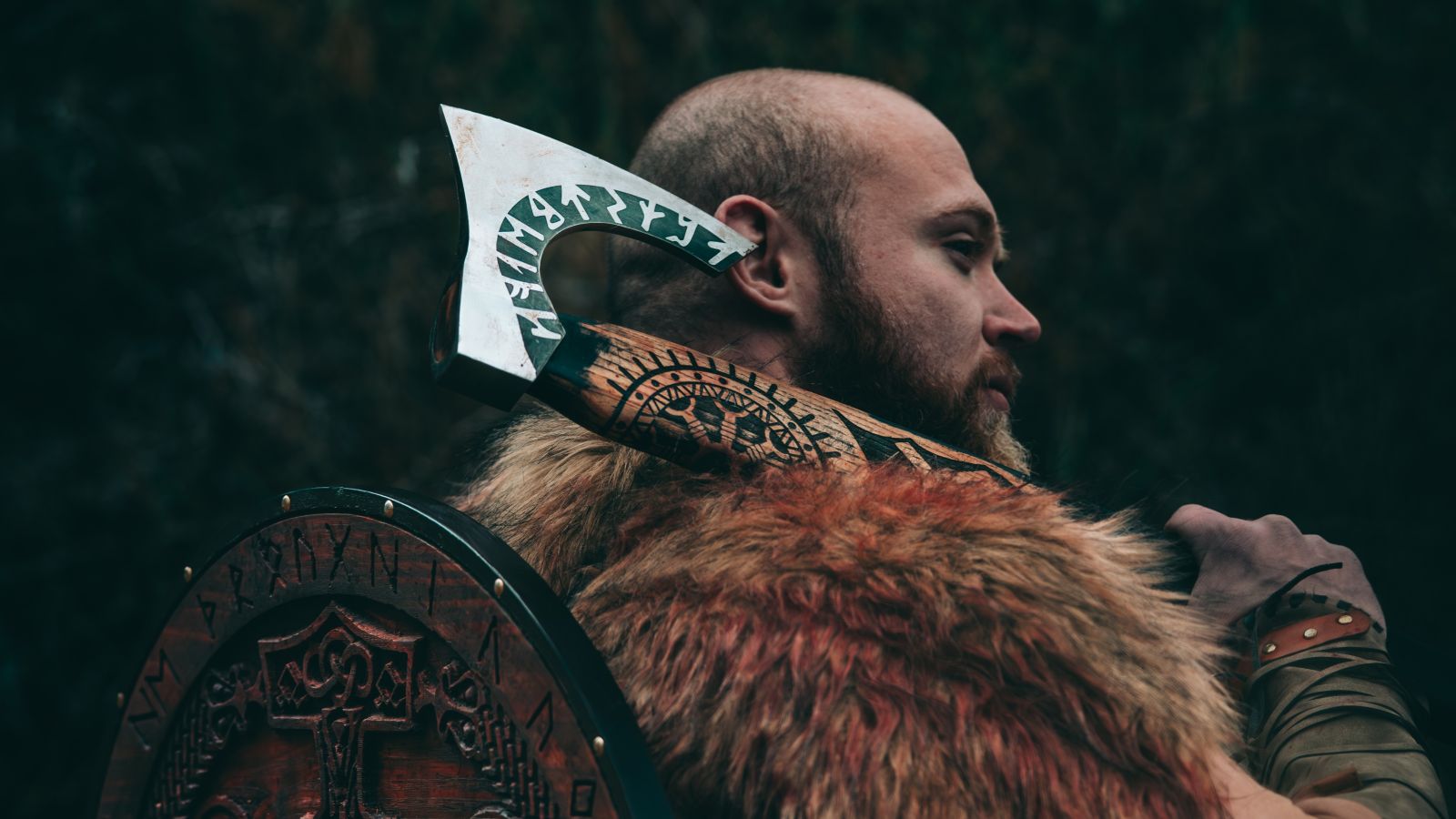
Dísablót: Honoring the Ancestors in Norse Tradition
In the heart of Norse tradition lies a sacred ritual, a time of reverence and remembrance known as Dísablót. Today, we delve into the ancient origins and significance of this solemn ceremony, exploring its role in honoring the ancestors and forging a connection to the past.
Dísablót, which translates to "sacrifice to the dísir" or "goddesses," is a ritualistic observance dedicated to honoring the female ancestral spirits known as dísir. These revered beings are believed to watch over the family lineage, offering protection, guidance, and blessings to their descendants.
Dísablót is typically celebrated during the winter months, around the time of the solstice or Yule, when the veil between the worlds is believed to be thinnest. As the days grow shorter and the nights lengthen, Norse communities gather to pay homage to their ancestors, acknowledging the cyclical nature of life and the eternal bond between past, present, and future generations.
Central to the Dísablót ceremony are offerings and sacrifices made in honor of the dísir. Participants gather at sacred sites or family homesteads, where altars adorned with symbols of fertility, abundance, and protection are erected. Offerings of food, drink, and precious items are presented to the ancestral spirits, accompanied by prayers and invocations.
Following the solemn rituals of sacrifice and offering, Dísablót transitions into a joyous celebration, a feast of fellowship and camaraderie. Families and communities come together to share food, drink, and stories, fostering a sense of unity and kinship. It is a time for laughter and merriment, as well as reflection and gratitude for the blessings bestowed by the ancestors.
How to Embrace This Tradition Today?
While Dísablót may have its roots in ancient Norse culture, its spirit of reverence and remembrance remains relevant in modern times. As we navigate the complexities of the present, we can draw strength and wisdom from the traditions of the past, honoring the sacrifices of our ancestors and preserving their legacy for future generations.
Dísablót stands as a testament to the enduring bond between the living and the dead—a timeless tradition that bridges the gap between past and present. As we gather to honor the dísir and celebrate the cycle of life, let us embrace the wisdom of our ancestors and cherish the connections that bind us together across time and space.














